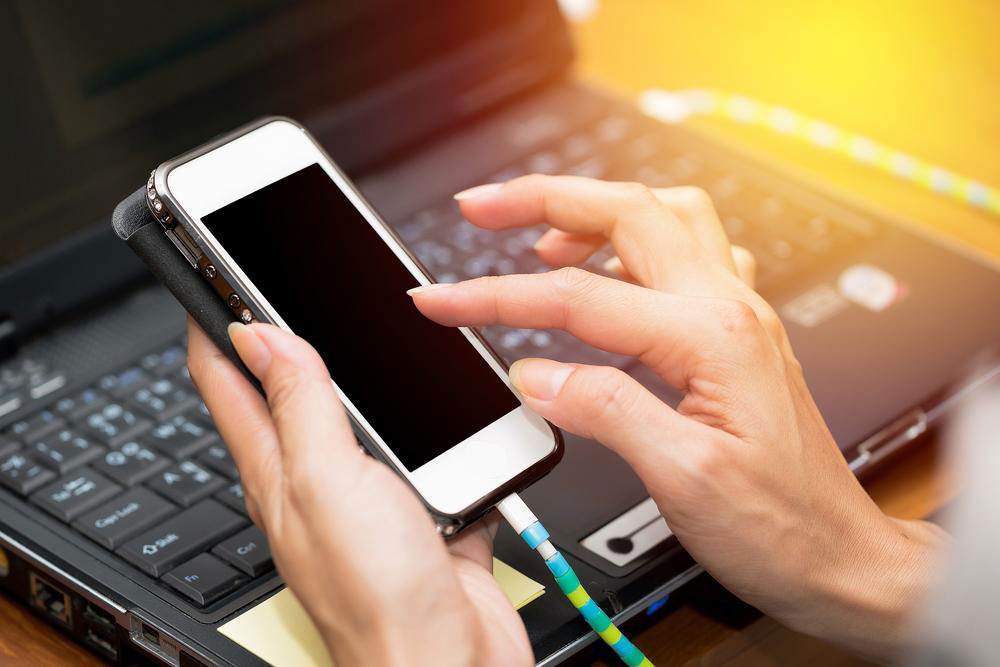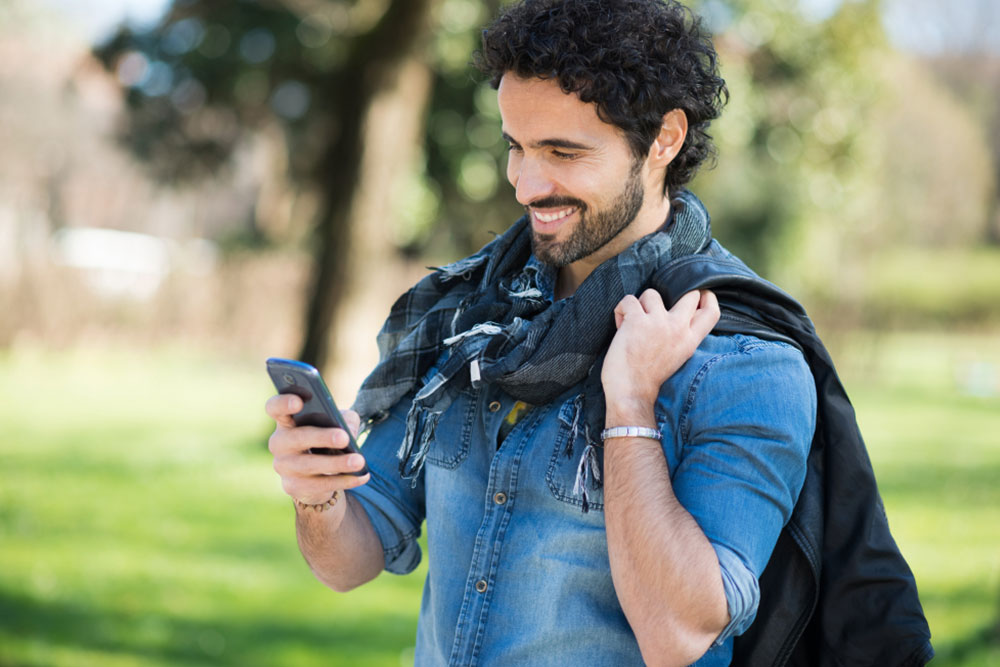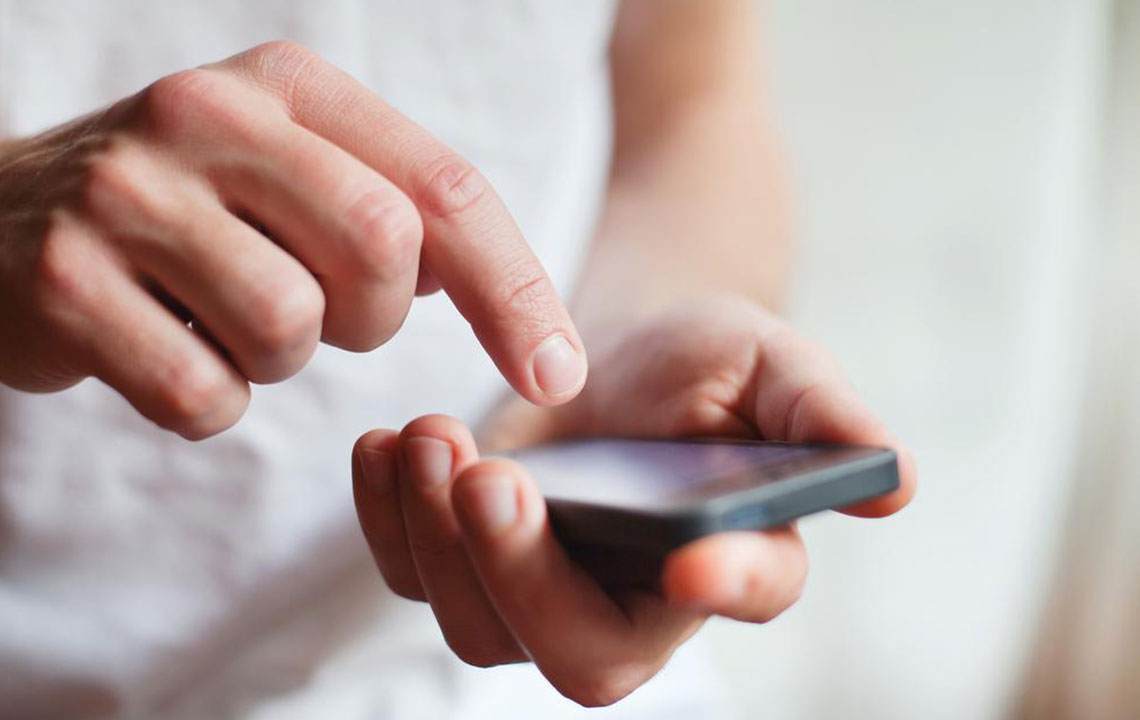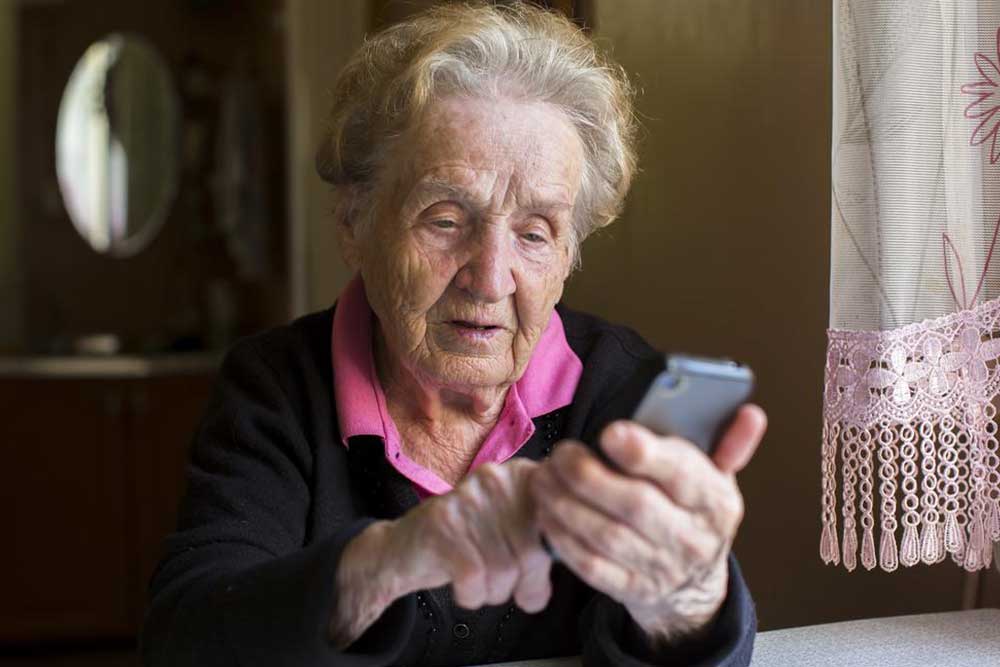Affordable Solutions: Free Mobile Phones for Elderly Individuals
Discover how seniors can access free cell phones through government programs like Lifeline. Learn about eligibility, participating carriers, and how these initiatives help seniors stay connected without financial burden. Perfect for those on a limited income, these programs provide essential emergency contact options with no contracts or hidden costs.
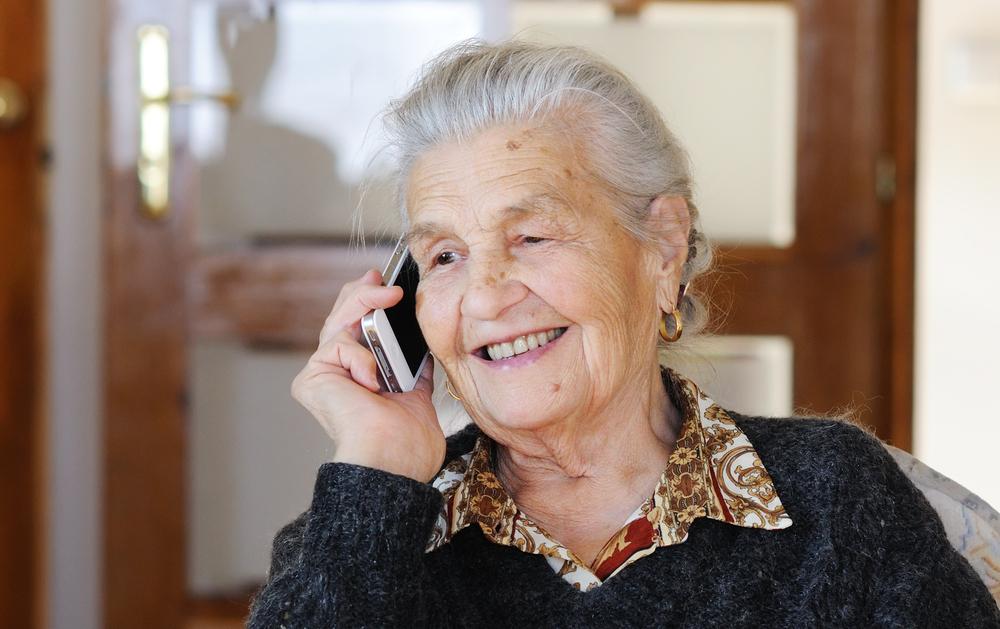
Affordable Solutions: Free Mobile Phones for Elderly Individuals
Many seniors are eligible to receive free mobile phones if they know where to look. By accessing the right programs, seniors can obtain a complimentary cell phone or wireless device with simple monthly plans that require no contracts, hidden fees, or credit checks. Since most seniors rely on phones primarily for emergencies, low-cost phones are often sufficient. Receiving a free device is ideal, especially when usage is minimal, such as calls and texts. This support helps seniors stay connected without financial strain.

Many seniors live on fixed incomes, relying on social security, making the purchase of a new phone or monthly bills impractical. Programs offering free cell phones for seniors are crucial and life-changing. The federal Lifeline program provides free phones and minutes to eligible individuals, ensuring they have access to emergency communication when needed.
Eligibility is based on income and participation in qualifying assistance programs. People receiving government aid or earning less than 135% of the federal poverty level can apply. Different carriers participate in the Lifeline program, offering various devices and plans. Eligibility criteria may vary by state and include programs like:
Section 8 Housing Assistance
LIHEAP
Medicaid
SNAP (Food Stamps)
SSI
Head Start
TANF
Free Lunch Program
State support programs
FDPIR
Tribal Assistance
Applicants must be enrolled in at least one qualifying program. Additionally, households typically have restrictions such as only one phone per household and the prohibition of having both a home and a mobile phone simultaneously.
Seniors should verify if they reside in a federal default state—such as North Dakota, South Dakota, Delaware, Louisiana, Hawaii, Iowa, Indiana, or New Hampshire—to determine their eligibility. They must also participate in eligible federal programs like SNAP, Medicaid, or assistance programs listed above. Household income at or below 135% of the federal poverty line generally qualifies, though specifics may vary by state. With these programs, free cell phones for seniors are accessible, providing reliable emergency communication without the burden of monthly expenses or contractual obligations.


